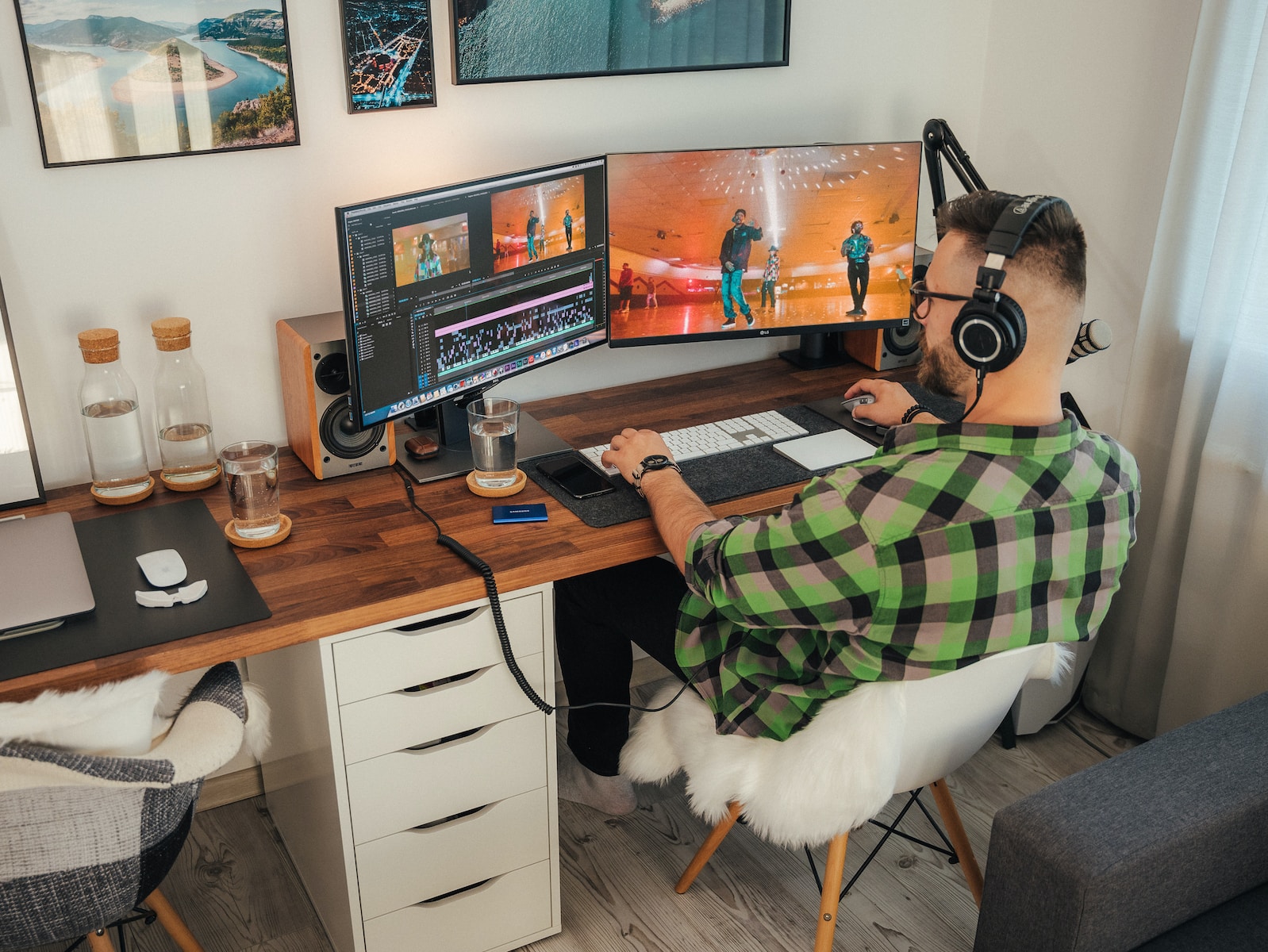
Image Source: FreeImages
The rise of streaming services has sparked a transformation in the entertainment industry, raising questions about the future of cinema and television. Platforms like Netflix, Disney+, Amazon Prime Video, and Hulu have completely changed the way we consume TV shows and movies, making entertainment more accessible than ever before. In this article, we will explore the evolution of TV and cinema in the context of the rise of video streaming, and examine why people are increasingly opting to watch their favorite content through streaming service apps on their TVs, laptops, or phones.
Personalization: The Power of Tailored Recommendations
One of the key aspects that sets streaming services apart from traditional television is the level of personalization they offer. Unlike the days of being stuck with whatever is on at a specific time, streaming platforms utilize AI algorithms to provide viewers with personalized recommendations based on their viewing habits. This level of personalization creates a unique viewing experience, as viewers are presented with content tailored to their individual preferences. Streaming services like Netflix have become our “TV buddies,” understanding our tastes better than we know ourselves.
Global Reach and Diversity: Breaking Down Borders
Streaming services have shattered the limitations imposed by traditional broadcasting, bringing diverse content from around the world to our screens. Series like “La Casa de Papel” from Spain, “Dark” from Germany, and “Narcos” from Colombia have become global hits, captivating audiences across different cultures. Streaming platforms have provided a platform for storytellers from various backgrounds, allowing us to explore different cultures and perspectives. This global reach and diverse content have expanded our horizons and enriched the entertainment landscape.
Breaking the Traditional Broadcasting Model: The Power of Flexibility
Gone are the days when viewers had to rush home or rearrange their schedules to catch their favorite shows at a specific time. Streaming services have shattered the traditional broadcasting model, giving viewers the freedom to watch their favorite shows at their own convenience. With the ability to pause, resume, and binge-watch entire seasons, viewers now have full control over their viewing experience. This flexibility has revolutionized the way we consume content, making it more convenient and tailored to our individual preferences.
Embracing Niche and Diverse Content: Giving Voice to Unconventional Stories
Streaming services have embraced niche and diverse content, providing a platform for stories that may not have found a place on traditional networks. These platforms have become hotspots for innovative and unconventional storytelling, breaking free from the cookie-cutter formulas of mainstream TV. They have given a voice to underrepresented communities and unique perspectives, creating a space where diverse stories can shine. For example, Netflix’s original series “Sex Education” is celebrated for its inclusive representation of queer characters.
Are Cinemas Dying? The Power of Distribution and Accessibility
Despite predictions of its demise, the cinema industry remains resilient and continues to evolve. While streaming services have undoubtedly impacted the way we consume content, cinemas still offer a unique experience that cannot be replicated at home. Streaming services have revolutionized film distribution by offering a direct-to-consumer model, allowing independent filmmakers to showcase their work without relying solely on mainstream releases. This has given smaller and niche productions a chance to shine and has provided filmmakers with the freedom to express themselves artistically.
Data-Driven Decision Making: Curating Content for the Audience
Streaming services have mastered the art of data analytics to understand viewer preferences and behaviors. By analyzing data, they can curate content that resonates with audiences and keeps them coming back for more. This data-driven approach benefits not only the streaming platforms but also filmmakers, as it helps them understand what audiences want and create content that connects on a deeper level. This synergy between data analytics and content creation has led to the production of remarkable films and series that captivate viewers.
The Future of Streaming: A Promising Landscape
The impact of streaming services on the entertainment industry has been nothing short of revolutionary. Platforms like Netflix, Disney+, Amazon Prime Video, and Hulu have fundamentally changed the way we consume content. With a surge in original content and support for independent filmmakers, these services have diversified the entertainment landscape. As streaming platforms continue to evolve and innovate, the future of the industry looks incredibly promising. Audiences worldwide can look forward to an abundance of exciting and engaging content in the years to come.
